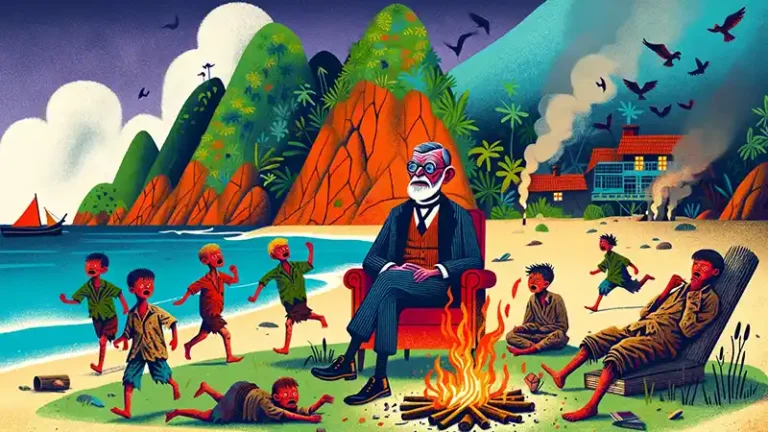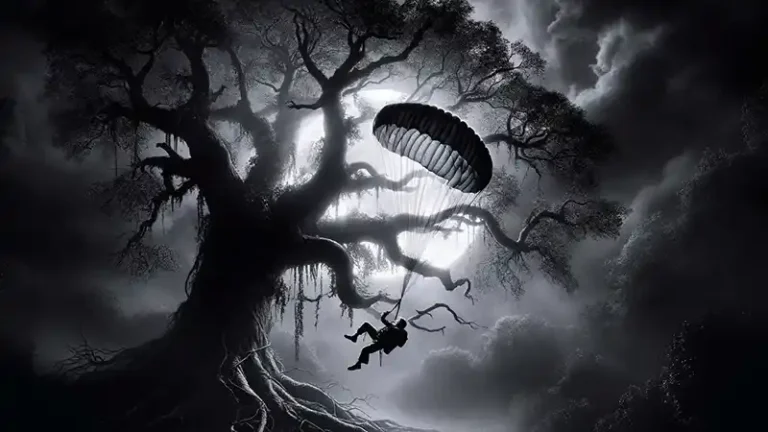Introduction to Critical Lenses: Imagine & Lord of the Flies
This lesson is designed for teachers who want to introduce critical lenses and how they can be used to analyze media and literature. We will focus on different types of critical lenses and apply them to analyze John Lennon’s song Imagine. This exercise will help students understand how various perspectives can influence our interpretation of media. Additionally, we will explore psychoanalytic motivations in Chapter 2 of William Golding’s Lord of the Flies, showing students how to apply these concepts to literature. The goal is to enhance students’ analytical abilities and deepen their understanding of literary and media analysis.
Learning Goals
- I will be able to explain the concept of critical lenses and identify different types, such as feminist, Marxist, psychoanalytic, New Criticism, and Reader-Response lenses.
- I will be able to apply various critical lenses to analyze the song Imagine by John Lennon.
- I will be able to identify and discuss elements in Chapter 2 of Lord of the Flies that relate to Jung’s psychoanalytical theory.
Add Your Heading Text Here
LotF Digital Copy
LotF Audio Chapter 2 (29:04)
Note on Critical Lenses
Introduction to Critical Lenses Worksheet
Imagine by John Lennon
Process
- Have students write down (or review) the note on critical lenses.
- Distribute the Critical Lenses Worksheet
- Listen to Imagine and fill in the worksheet.
- Take up answers.
- Explain that students should look for examples of the psychoanalytic lens in Chapter 2 of Lord of the Flies (but there is more detail to come about the psychoanalytic lens).
- Continue to list island details to the organizer from Chapter 1.
Critical Lenses
Definition: A critical lens is a perspective or theoretical approach through which we analyze and evaluate a piece of literature, seeking to broaden our understanding and foster a deeper appreciation for the author’s work.
Purpose: Critical lenses allow us to consider multiple interpretations, engage in open-minded discussions, and develop critical thinking skills.
Common Critical Lenses:
Feminist: Examines gender roles, power dynamics, and the representation of women in literature.
Marxist: Focuses on social class, economic systems, and the role of power in shaping the narrative.
Psychoanalytic: Explores the unconscious motivations, desires, and anxieties of characters and authors.
New Criticism: Emphasizes close reading and textual analysis, focusing on the structure, language, and imagery within the text.
Reader-Response: Considers the reader’s role in creating meaning and emphasizes the individual’s unique interpretation of the text.
Application: When analyzing a text, try applying different critical lenses to gain a more comprehensive understanding of the work. Consider how the author’s context, themes, and characters might be influenced by these perspectives.
Importance: Utilizing critical lenses fosters open-mindedness, empathy, and cultural awareness, as well as encouraging nuanced discussions about literature.
Remember, there is no single “correct” interpretation of a text, and exploring multiple perspectives can greatly enrich your understanding and appreciation of literature.
Task: Analyze Imagine by John Lennon
After listening and reading the lyrics, complete the worksheet.
Imagine there’s no heaven
It’s easy if you try
No hell below us
Above us, only sky
Imagine all the people
Livin’ for today
Ah
Imagine there’s no countries
It isn’t hard to do
Nothing to kill or die for
And no religion, too
Imagine all the people
Livin’ life in peace
You
You may say I’m a dreamer
But I’m not the only one
I hope someday you’ll join us
And the world will be as one
Imagine no possessions
I wonder if you can
No need for greed or hunger
A brotherhood of man
Imagine all the people
Sharing all the world
You
You may say I’m a dreamer
But I’m not the only one
I hope someday you’ll join us
And the world will live as one
Critical Lens Analysis of Imagine
Instructions: After listening to Imagine by John Lennon, answer the following questions under each critical lens. Reflect on how each perspective alters your understanding of the song’s message.
Historical/Biographical Lens
1. Research the historical context of “Imagine.” What events or personal experiences of John Lennon might have influenced the song’s message?
2. How does understanding the era (early 1970s) change your perception of the song’s themes?
Marxist Lens
3. Identify elements in the lyrics that reflect on social classes and economic systems. What is the song saying about wealth and poverty?
4. How does the song critique or support the idea of a classless society?
Feminist Lens
5. Are there any aspects of the song that can be interpreted through a feminist perspective? Consider themes of equality and gender roles.
6. Does the song challenge traditional gender norms, if at all?
7. Reflect on the emotional and psychological themes in “Imagine.” What can you infer about the songwriter’s psyche or emotional state?
8. How do the lyrics explore concepts of hope, fear, or desire?
Cultural Studies Lens
9. How does the song reflect on cultural values and beliefs? Consider its views on nationalism, religion, and culture.
10. In what ways does the song either challenge or reinforce cultural norms and ideologies?
Reader Response
11. How did the song resonate with you personally? Did any of the critical lenses change your initial interpretation or feelings about the song?
12. Which critical lens do you find most effective in understanding the song and why?






